Tropical Music: The Rise of Women Instrumentalists, Modern Genres, and the Guitar
Historically in tropical music, women were not often known for their instrumentation. But today, women are pushing the guitar forward in these genres.
This article originally appeared in She Shreds Magazine Issue #18, released August 2019.
Looking into the progressions of tropical genres like cumbia, merengue, salsa, and bachata, women instrumentalists have often been excluded. And while women and non-binary artists are making great contemporary strides, the work of today’s musicians can be best appreciated within a more accurate context and lineage than has often been remembered.
“I don’t think there’s any music industry or instrument that hasn’t been male-dominated,” says Dr. Sydney Hutchinson, associate professor of ethnomusicology at Syracuse University. “That’s the way it’s been everywhere, so Latin America is no exception.” According to Dr. Hutchinson, this historical lack of inclusion in tropical genres is even more prominent for women who played instruments: “Women were mostly involved as singers and dancers, so the question is, when did women start playing instruments? There are a few different places one could point to where women have been more involved in playing instruments, and in most cases, that’s happened fairly recently in the last few decades.”
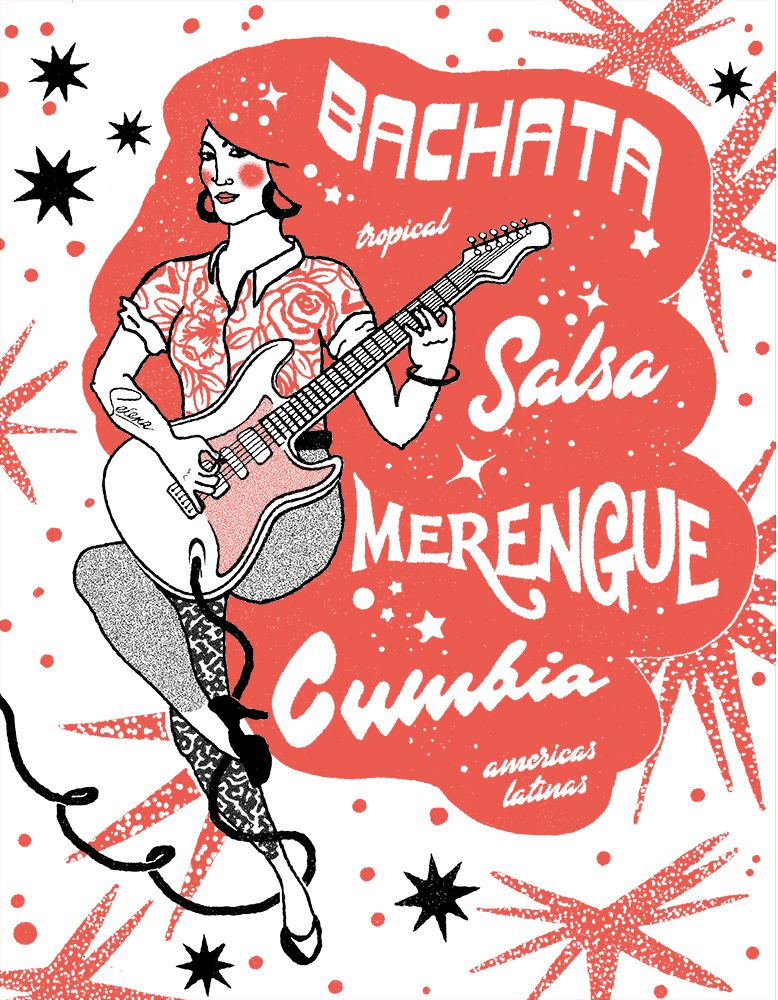
Dr. Hutchinson is a salsa and merengue musician who has been researching and studying Latin American and Caribbean music for over 20 years. In 2016, she examined the legacy of regional women and queer musicians in a book she wrote called, Tigers of a Different Stripe: Performing Gender in Dominican Music. “In the Dominican Republic, where I did my research, I found that women have always been playing accordion, for as far as I could look back,” says Dr. Hutchinson. “But a lot of times, it was hidden from view because they did so much more at home than on stage, and that makes you wonder if that’s actually happening in a lot of places. Maybe women are playing instruments, but you don’t see them doing it, because they’re not on a stage.”
Tropical genres differentiate from one another based on rhythm, dance types, and distinct instruments, explains Dr. Hutchinson. Most merengue formats require a tambora drum and güira scraper, while salsa includes a horn section, piano, congas, and timbales. Cumbia played by vallenato groups will feature accordion, a caja drum, and a guacharaca, while cumbia performed by norteño or Tejano groups will have bajo sexto, bass, saxophone, and a drum set.
While guitar tends to be a commonly used instrument in many genres, it’s not a mainstay of most tropical music, and according to Dr. Hutchinson, it hasn’t been typically used in the past for merengue, cumbia, salsa, and other styles. Guitar is more frequently used in bachata, though historically the genre has not been very welcoming to women. “It was mostly a [genre] that men would sing and listen to when they went to red light district type of places and very low class bars,” says Dr. Hutchinson. “Traditionally, [bachata] was mostly about feeling bitter. And why were they bitter? Because their woman had cheated on them.” Additionally, Dr. Hutchinson says that women were not frequenting the spaces where men were often listening to bachata, and despite the introduction of “romantic” bachata in the last 20 years, overall, the genre has not treated women very well.
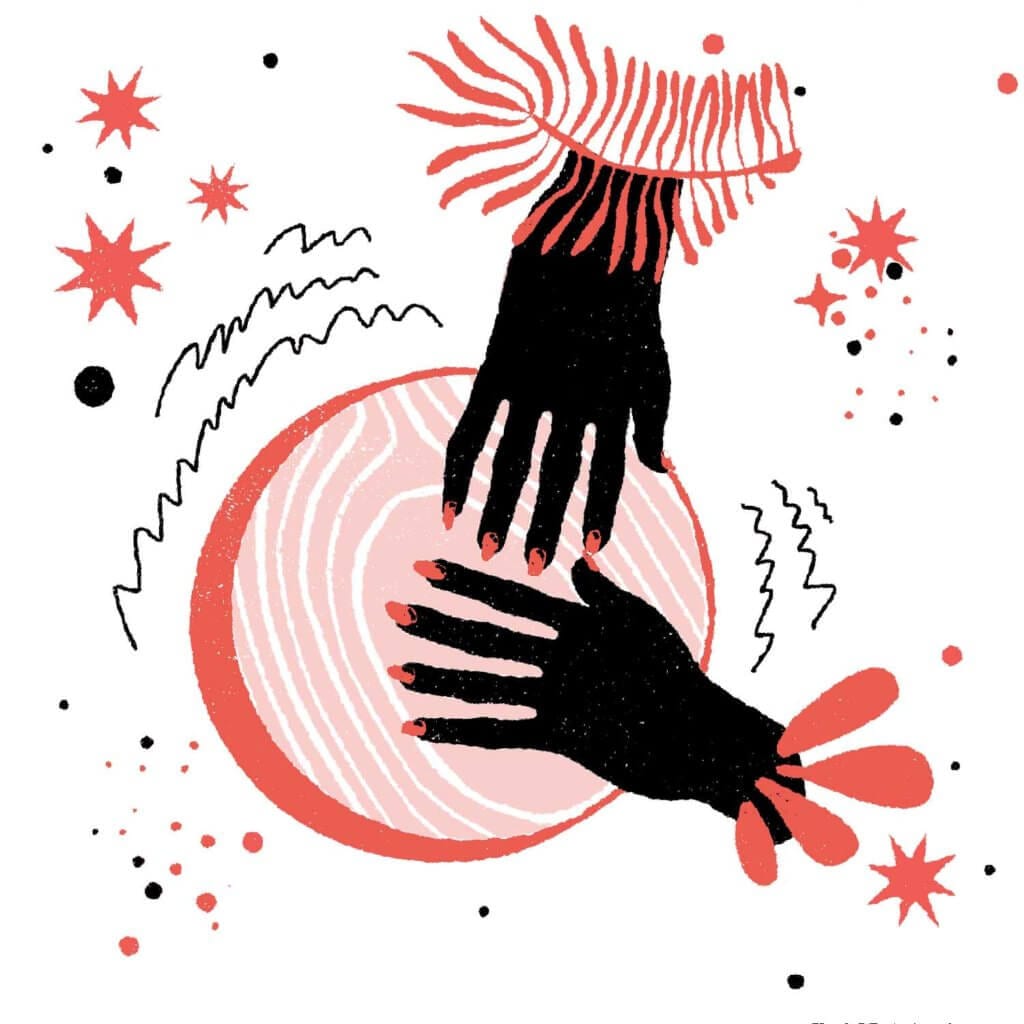
When it comes to the legacy of women as instrumentalists under the tropical umbrella, one of the most famous groups to consider is Las Chicas del Can, founded in 1981 in the Dominican Republic. “It was the first and only-to-date all-female merengue group. It was definitely a landmark to have women playing these instruments at a high level, and have them on stage,” says Dr. Hutchinson.
Cecy Treviño, founder of the Corpus Christi, Texas-based Chicas Rock Music Camp and bassist in Master Blaster Sound System, says Las Chicas del Can have been influential beyond their place in merengue. “In the 1980s, they were the only female group [in the Dominican Republic], and had to fight the stereotypes of a male-dominated market,” says Treviño. “That wasn’t much different for us in the early 2000s. There was the idea that women could not reach the same level of skill as men. That didn’t stop them, and it didn’t stop us.”

Treviño is based in Corpus Christi, but is originally from Reynosa, Mexico. She first began playing guitar and bass when she was 12 years old, and has been performing in mainly cumbia-based genres. Despite being active in music since adolescence, she says there were few women instrumentalists that she was exposed to from an early age. She especially did not see many women cumbia musicians represented. “You would hear of female singers like Selena—she has been a big influence and helped open the doors for a lot of us—but very rarely female musicians,” Treviño says. “Nowadays, there are more female musicians and producers. It’s very inspiring.”
Electric guitar has since become a contemporary instrument of choice within tropical genres, specifically in cumbia. And Treviño is certainly one of many women torchbearers in this modern legacy. As a seasoned musician, Treviño has performed in numerous bands over the years, including Vestido, The Knockouts, and La Conquista, the latter of which garnered a lot of recognition as a cumbia-rock hybrid. “In the beginning of 2000, we got a record deal in Monterrey, Mexico with La Conquista,” she says. “We were the only all-girl cumbia band at the time and played numerous concerts. In 2003, we came to Corpus Christi to record with Abraham Quintanilla, Selena’s dad, and have stayed in Corpus since.”
La Conquista recorded five albums under Quintanilla and Q-Zone Records, and even had the opportunity to tour with Kumbia Kings, Treviño recalled. Presently, she plays in Master Blaster Sound System with her husband, DJ Dusty, where she fuses multiple tropical genres to create a unique sound. “It’s a mix of electronic sounds and samples with live instruments,” she says. “We get inspired by styles like vallenato, cumbia villera, cumbia grupera, and tropical sounds like chicha, to name a few. We call the style ‘cumbia crunk’ because when we play people go crazy, dancing all night. It’s the most fun ever.”
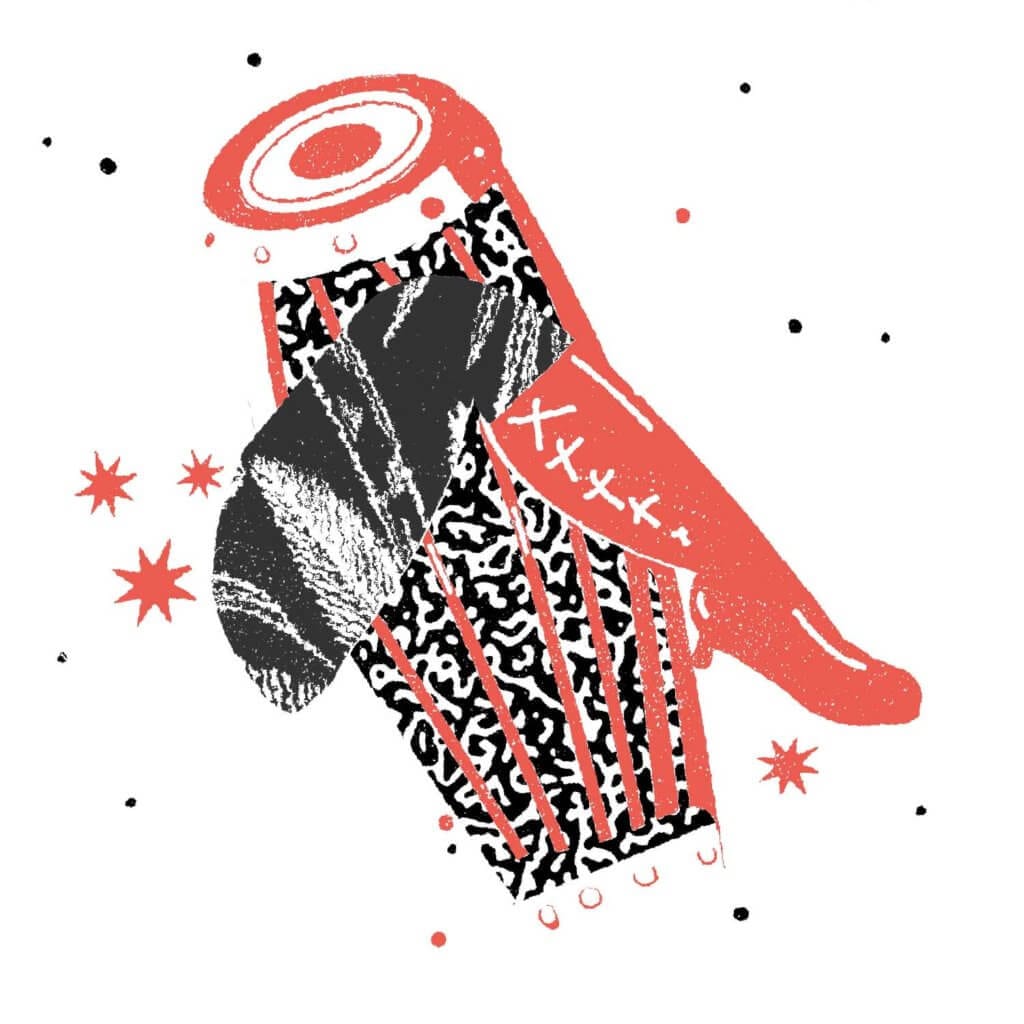
Other modern artists and bands led by women on guitar that have pushed tropical genres in new directions include Sarah Solo, Tropi Corillo, Reyna Tropical, Kumbia Queers, La Santa Cecilia, and Viento Callejero, to name a few. This evolution of cumbia comes as no surprise, and according to Dr. Hutchinson, the influence of cumbia has been more widespread compared to other tropical genres: “Although it came from Colombia originally, it spread all throughout Latin America fast and became really popular and fully rooted in many places, so that there’s now Northern Mexican cumbia, there’s Peruvian cumbia, and there’s even different kinds of groups [within Colombia] that play cumbia.”
Gloria Estrada, who plays guitar and founded both Viento Callejero and Latin Grammy-nominated group La Santa Cecilia, first started playing when she was 14 years old at Roosevelt High School in East Los Angeles. As a young teenager, Estrada always felt connected and drawn to cumbia, even as a guitar player. “Growing up, what party doesn’t have cumbia music? What quinceañera, what backyard party or event, especially in the Latin neighborhood or household? You start gravitating towards it so quickly, and as I was touring and playing a lot with multiple bands throughout the years, cumbia music was the one style that got people dancing right away. That’s why I wanted to experiment in a band where we focused on cumbia,” she says.
As Estrada continued to study and play guitar—eventually earning a Master’s Degree in studio jazz guitar at the University of Southern California—her passion for cumbia never faltered. While she was in La Santa Cecilia, the band garnered tremendous recognition, and their music went on to be featured in television shows like Weeds and Entourage. After La Santa Cecilia, Estrada took an unorthodox approach with cumbia-based band Viento Callejero, which is led by her guitar.
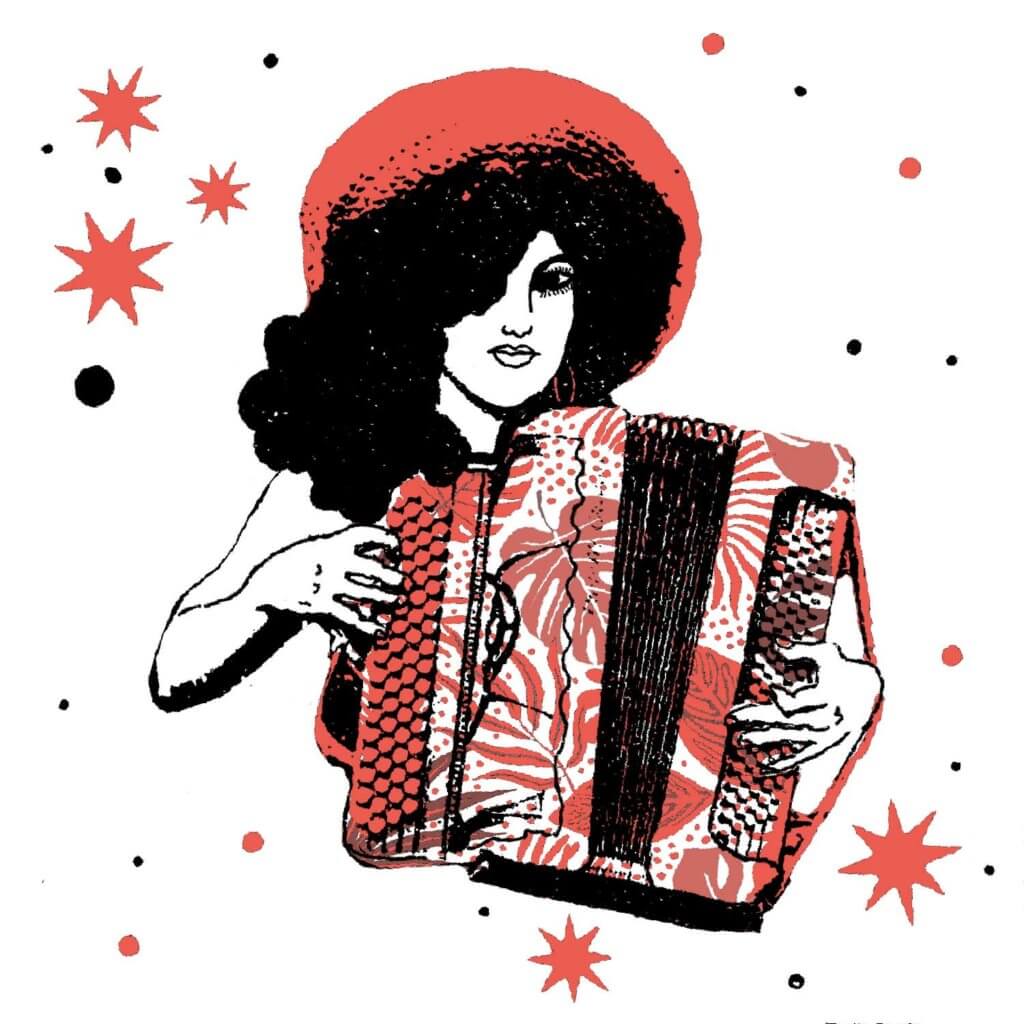
“I couldn’t afford a 12-piece big band, so I did a lot of call and response with the guitar lines, and going from low frequencies to high frequencies, or having the bass player do a call and response with me, kind of like what those old songs used to do,” she says. “And throughout that process, we developed our own style.”
Like Treviño, as a young person in music, Estrada didn’t see many women instrumentalists in the genre, particularly guitarists or bassists, but she inevitably found inspiration from old-school cumbia acts that incorporate the guitar. “Bands like Los Mirlos or Juaneco y su Combo, and that style of guitar, made the guitar the dominant instrument, whereas before it was the gaita or the accordion. Now, the guitar was at the forefront and leading the sound, so I really love that and tried to create this group where it could fuse all this,” Estrada says.
Today, when Viento Callejero drops new singles and music videos, Estrada feels proud of women’s achievements as guitarists in the contemporary tropical scene. “Part of why it took me so long to realize I was going to be a guitarist was because I didn’t really see that growing up,” she says. Now, she is all the more appreciative to see an increasing number of role models for young people interested in these genres. “Seeing so many women, young ladies, and kids pursuing music and shredding is such a beautiful thing.”

You May Also Like
No related posts
No related posts
More posts
-
By: Geexella
-
By: Emily Harris
-
By: Fabi Reyna
-
By: Fabi Reyna
-
By: Cynthia Schemmer
-
By: She Shreds Staff
-
By: Celia Sagastume
-
By: Cynthia Schemmer
-
By: Cynthia Schemmer
-
By: Celia Sagastume
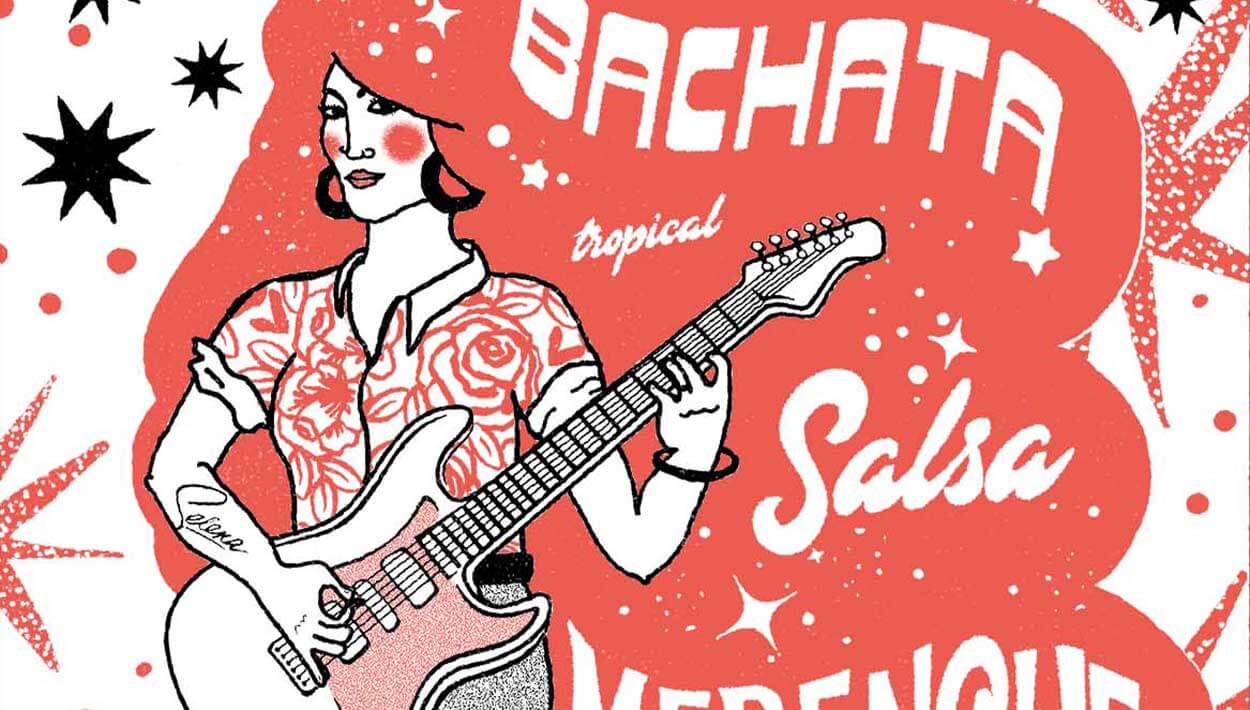

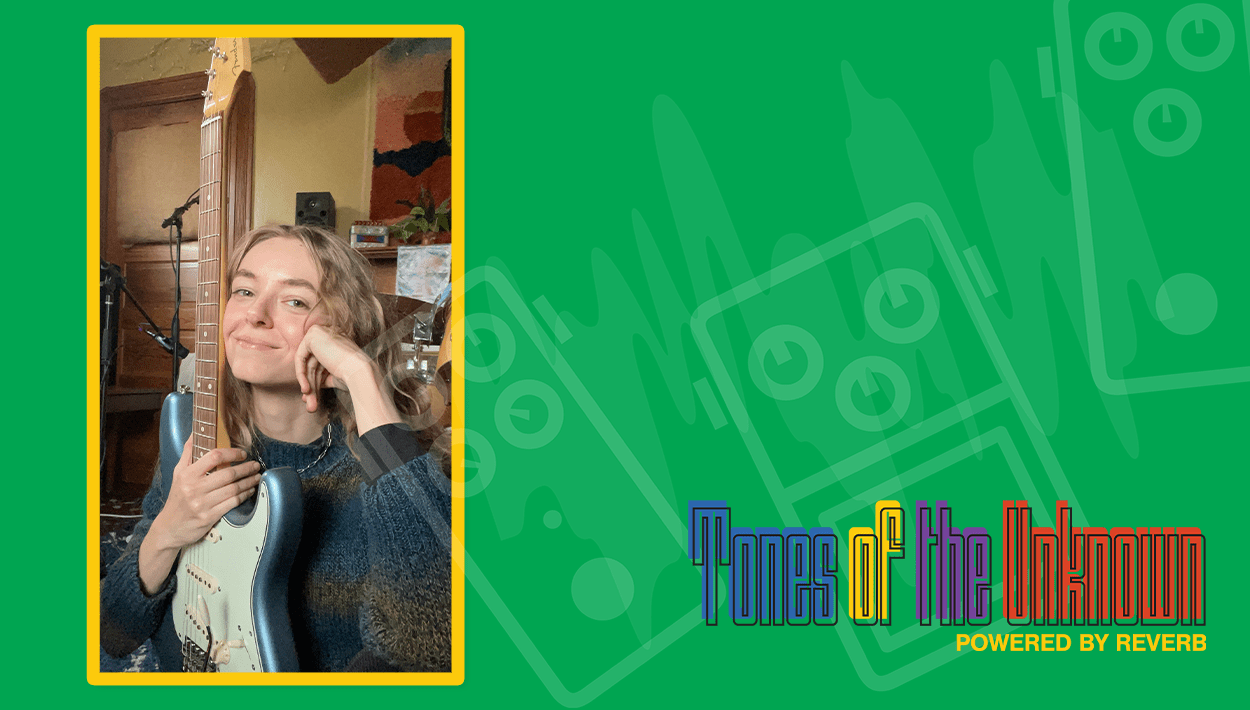



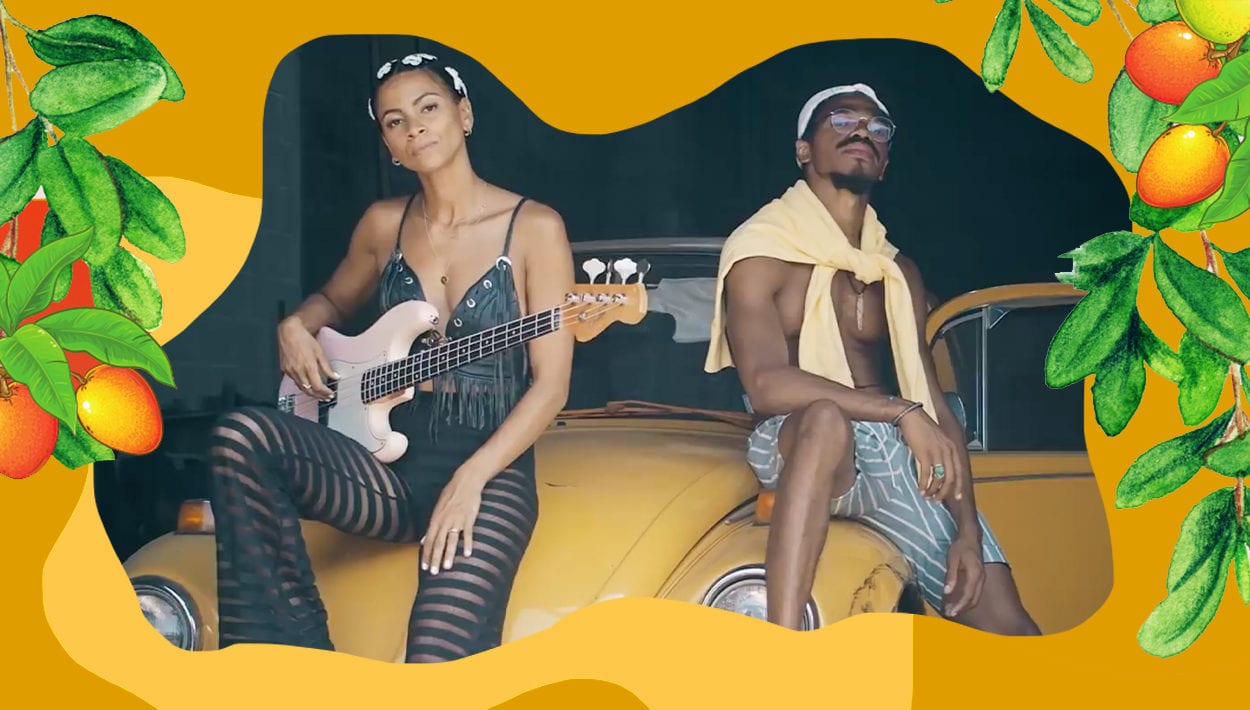
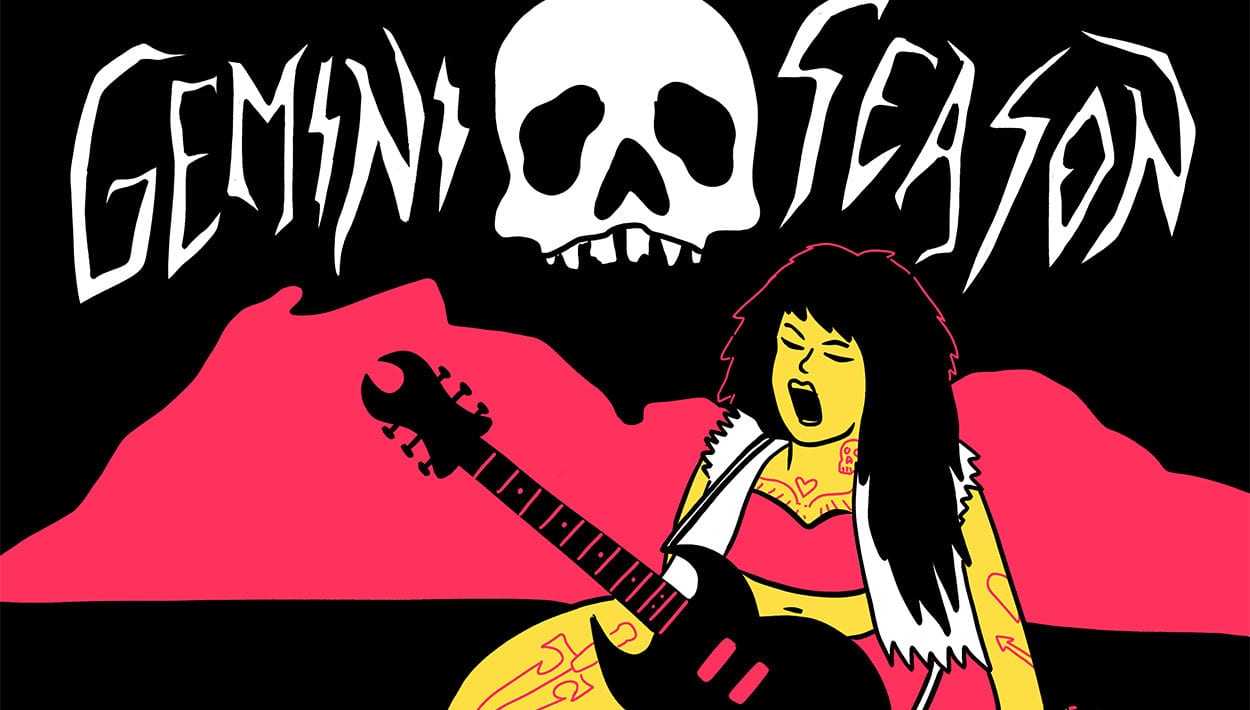

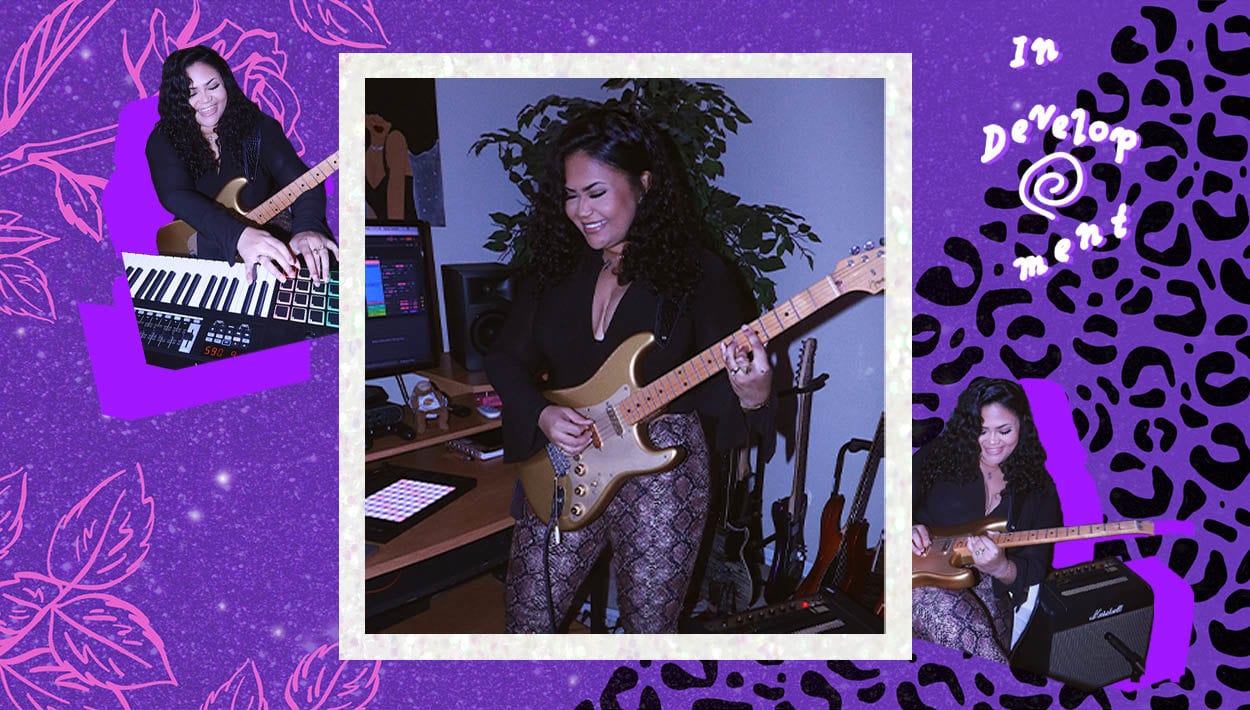
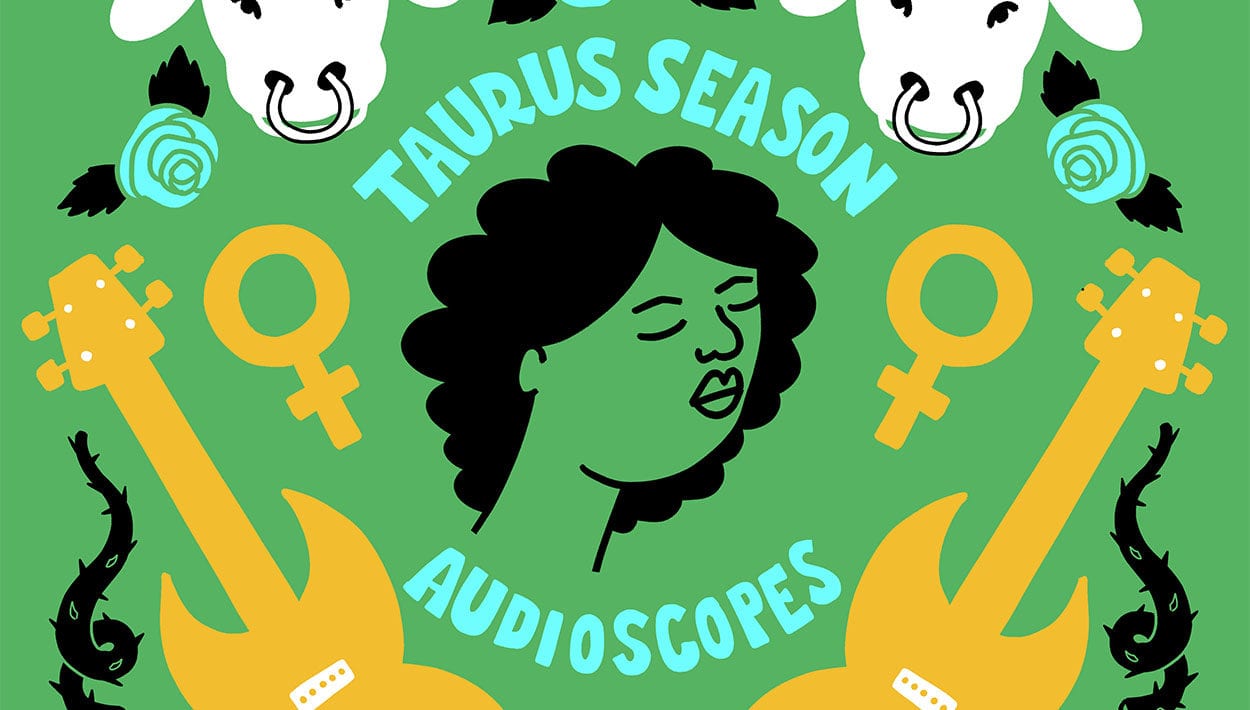


Comments
So many great bands here that I’m excited to listen to!
I would also like to mention Melida Rodriguez who was the first woman to record bachata music and wrote some really progressive lyrics back in the 1970s about what it was like to be a woman in that era.
Comment by Katherine on October 27, 2019 at 9:46 pmYes, women are playing a very significant role in the music world and I think, they are ahead of men. They have earned a lot of fame all over the world by singing melodious and sweet songs for their fans. I appreciate them and respect them from the heart and also pray for their success in the future as well. Well, if anyone wants to write an essay on this topic they need to read uk edubirdie review about essay websites before getting assistance in writing an essay on this topic I did the same thing to complete my work on time.
Comment by James Horray on December 15, 2020 at 12:31 amHonestly speaking despite being so very acquainted with all that knowledge you are actually so very down to earth and also the very manner in which you just keep serving others with all your knowledge is really very commendable as well as applaudable. Grateful for your works.
Comment by Linda on March 30, 2022 at 3:38 amBest regards, Linda from https://essaywriter.nyc/
despite having so much information, you are so down to earth, and the way you continue to serve people with your expertise is quite admirable. Thank you for your efforts.
Comment by Berea Lions Club And Foundation on May 18, 2022 at 10:31 pmIn the realm of music, women play an important role, and I believe they are ahead of men. They have achieved worldwide acclaim for singing melodic and pleasant tunes for their listeners. They have my admiration and respect.
Comment by Berea Lions Club And Foundation on May 18, 2022 at 10:34 pmwomen play an important role, and I believe they are ahead of men. Thanks for sharing this post.
Comment by Cobra Kai Jacket on May 31, 2022 at 12:19 amI like this information
Comment by Elastic man on May 31, 2022 at 2:12 amSincerely very satisfied to say,your submit is very exciting to examine. I never stop myself to mention some thing about it. You’re doing a remarkable process. Hold it up Thor Vest
Comment by peter shawn on June 30, 2022 at 10:44 pmhttps://www.nyjacket.com/product/thor-love-and-thunder-vest/
I Was Eagerly Looking For Content Like This, Right To The Point And Detailed As Well Accordingly Depending Upon The Matter/Topic. You Have Managed This Greatly For Sure. Ashley Thomas In 24 Jacket
Comment by keniazugei on August 26, 2022 at 2:09 amI just love seeing cherry blossom. Thanks a lot for sharing the great information! Bridges Taylor Kitsch Jacket
Comment by manuel on August 26, 2022 at 2:11 amI am impressed with this post and the progress of music industry. I am also a big fan of music and download different video from social media platform through this https://savefromig.id/ .
Comment by Jacobson on December 23, 2022 at 3:55 amIn my opinion, it’s important to carefully choose the examples you include in your LinkedIn experience section. This section should showcase your skills and accomplishments, so it’s important to choose examples that demonstrate your value as an employee. It’s also a good idea to focus on achievements and results rather than just listing your job duties. Additionally, it’s important to use action verbs and industry-specific language to make your experience more relevant and searchable. Overall, the linkedin experience examples you choose for your LinkedIn experience section should effectively showcase your skills and accomplishments and make you stand out to potential employers.
Comment by Oskar Dixon on December 26, 2022 at 6:41 amThe world now is more colorful with women and the competition in the game stumble guys online. Let’s take part in to enjoy.
Comment by Hubby on January 3, 2023 at 10:38 pmyour post is great
Comment by medital on February 4, 2023 at 6:20 pmI also love music industry and love to listen more music. you can get help in editing related information from the site editorsmodapk.com
Comment by Zohan on February 16, 2023 at 9:05 amIt’s so relax
Comment by weaver game on May 3, 2023 at 8:55 pmgood info
Comment by INTAN on June 5, 2023 at 8:51 amTaking everything into account I was looking for sonnet-related blog zones and happened onto your site. This post is quite illuminating, and you have produced such an important and massive essay that has given me a player in data. I know you’ll keep it up, and we’ll get a lot of useful and basic information from you. To be sure, thank you for such a lovely collection for your post.
Comment by usps tracking on June 13, 2023 at 1:42 amWe learned useful things from your blog that we can use. Your post has a lot of great tips.
Comment by Retro bowl on October 10, 2023 at 8:53 pmvelcro patches custom usa
Comment by Kelly on January 12, 2024 at 2:02 amUseful to read, i started my own blog too recently.
Comment by john smith on January 12, 2024 at 9:42 amI found surveillance images on depositphotos, it is my favorite stock photo platform. Hiring photographers and models for custom photoshoots can be expensive so I use stock photos for my blog. I just downloaded bandage images there. So convy Stock photos provide a cost-effective alternative, especially for individuals or businesses with limited budgets.
Comment by john smith on January 12, 2024 at 9:43 am